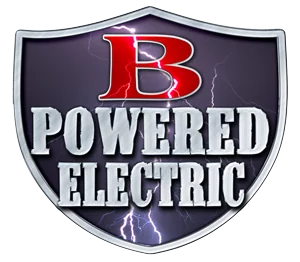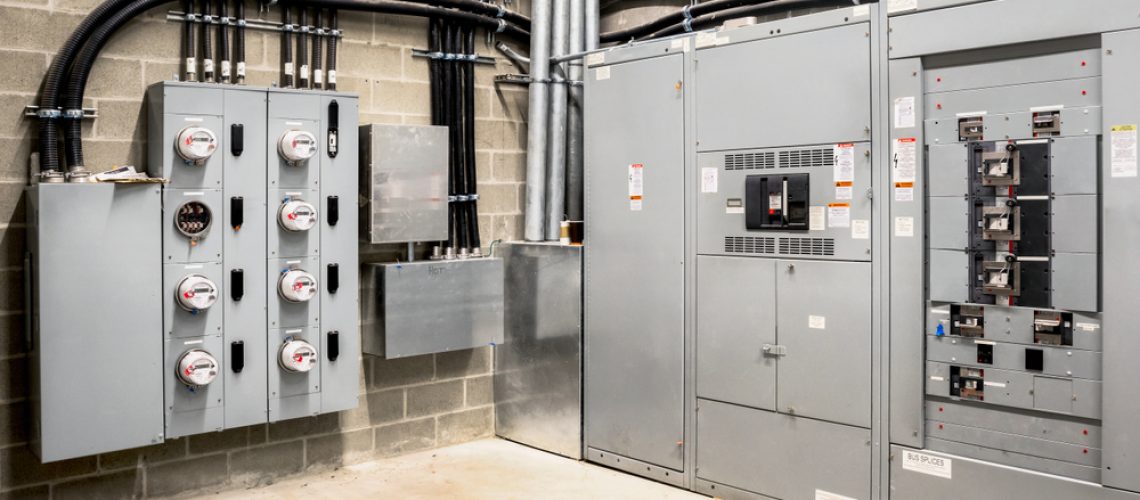Electrical panels, often referred to as breaker panels, fuse boxes, or service panels, serve as the central hub for a home’s electrical system. These panels distribute power to various circuits within the building, ensuring electricity is safely and efficiently routed to where it’s needed. Understanding the different types of electrical panels is crucial for homeowners, builders, and electricians in New Orleans alike, as the right panel can significantly impact the safety, efficiency, and scalability of a property’s electrical system. In this blog post, we’ll explore the various types of electrical panels commonly used in residential and commercial settings
Main Breaker Panel
The main breaker panel is the most common type of electrical panel found in homes and businesses. It features a main circuit breaker that controls the power supply to all the other circuits within the panel. This main breaker allows for the entire power supply to the property to be shut off from a single location, which is essential for safety during maintenance or in emergencies. Main breaker panels are designed to protect against overloads and short circuits, ensuring that the electrical system operates within safe parameters. Electricians in New Orleans often recommend this type of panel for comprehensive control over a property’s electrical supply.
Main Lug Panel
Main lug panels are another type of electrical panel where the line wires run into lugs and are not connected through a main circuit breaker. These panels are typically used as sub-panels that are connected to the main breaker panel. Main lug panels are ideal for areas that require a localized distribution of power, such as a detached garage or a workshop. In installations where a main lug panel is used as the primary panel, an external disconnect must be installed to ensure that power can be completely shut off to the building.
Sub-Panel
Sub-panels are smaller electrical panels that branch off from the main panel to distribute power to a specific area of a property. They are particularly useful in large homes, additions, or outbuildings where it’s impractical to run multiple wires from the main panel. Sub-panels make it easier to control the power distribution and provide a convenient way to shut off electricity to a particular area without affecting the entire property’s power supply. Electricians in New Orleans often install sub-panels for clients looking to expand their electrical system or add new areas to their property.
Transfer Switches
Transfer switches are specialized electrical panels designed for properties equipped with backup generators. They allow for a safe and seamless transition between the property’s main power supply and the generator during power outages. Transfer switches ensure that the generator does not backfeed electricity into the grid, which can be dangerous for utility workers and damage the electrical system once the main power is restored. Electricians in New Orleans emphasize the importance of transfer switches for businesses and homes that rely on generators for emergency power.
Conclusion
Choosing the right type of electrical panel is essential for the safety, efficiency, and functionality of a property’s electrical system. Whether it’s a main breaker panel for comprehensive control, a main lug panel for specific areas, a sub-panel for distributed power, or a transfer switch for backup power solutions, each type of panel serves a unique purpose. Homeowners and professionals should consider their specific electrical needs, the layout of the property, and future expansion plans when selecting an electrical panel. At B Powered Electric, we specialize in helping our clients choose and install the perfect electrical panel that meets their needs, ensuring their electrical systems are safe, efficient, and ready to meet the demands of modern living.



